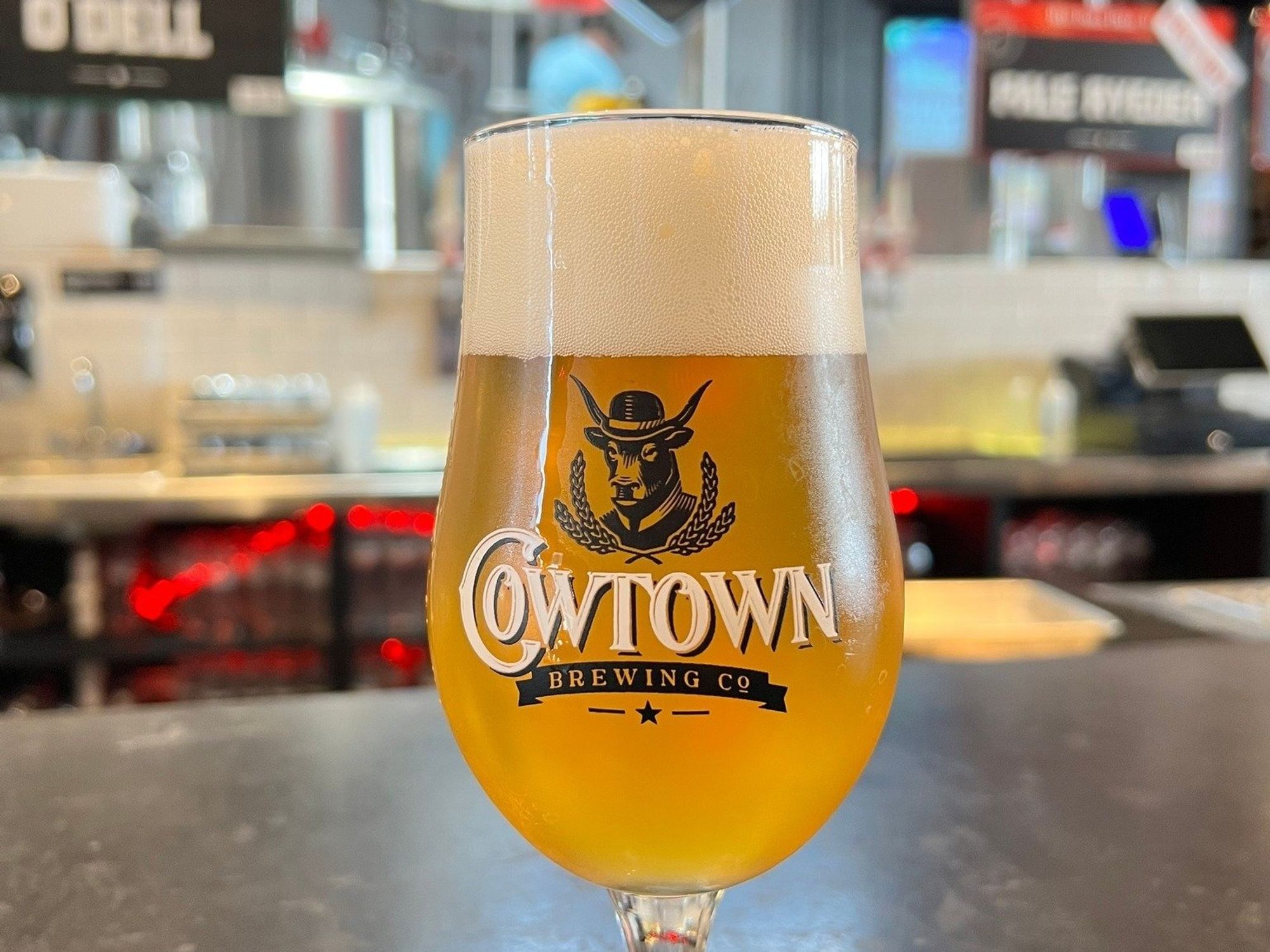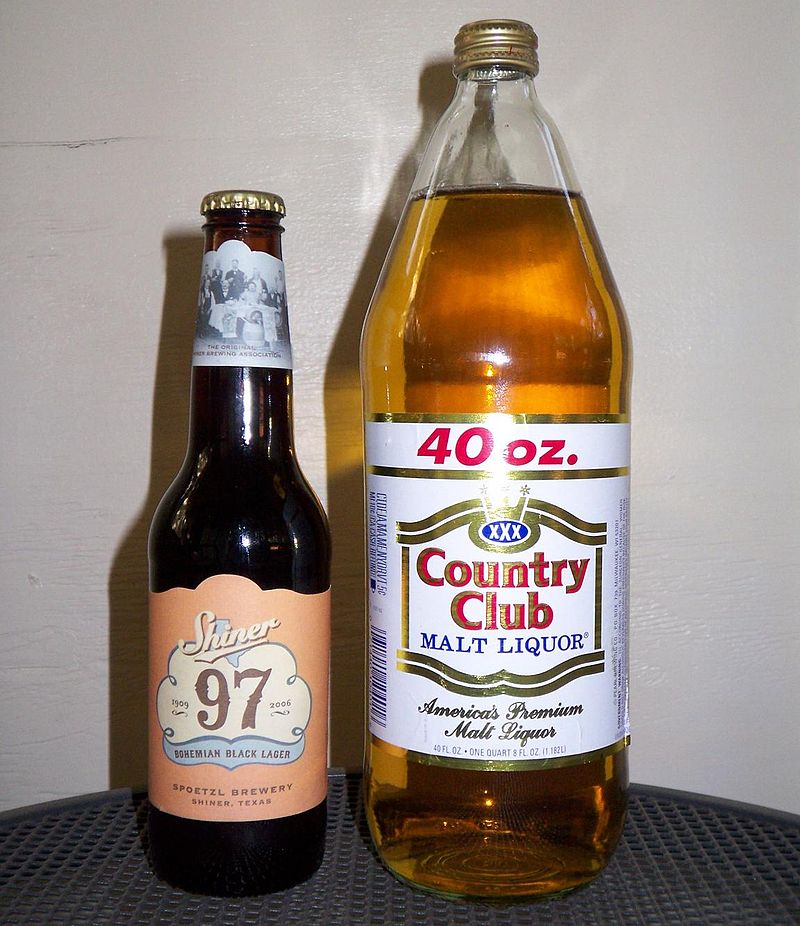Experience the Rich Flavor of Galveston Whiskey: Neighborhood Specialties
Experience the Rich Flavor of Galveston Whiskey: Neighborhood Specialties
Blog Article
Distilleries Demystified: A Full Failure of the Production Process
In the realm of spirits manufacturing, distilleries serve as the enigmatic centers where raw active ingredients are transformed into elaborate and nuanced elixirs. The process of distillation is a precise craft that links scientific research, artistry, and tradition to yield the spirits we have come to appreciate.
History of Distilling
How did the old art of distilling advance right into the contemporary industry we understand today? The history of distilling go back countless years, with its beginnings mapped to worlds such as the Mesopotamians, Egyptians, and Greeks. These ancient societies made use of unrefined forms of purification to create perfumes, medications, and even alcoholic beverages. Over time, this primitive approach progressed, with substantial developments made by early Arab alchemists during the Middle Ages. They pioneered making use of purification for the production of spirits like brandy and bourbon, laying the groundwork for the distilling practices we see today.
The distilling process proceeded to advance through the centuries, with the refinement of strategies and the introduction of brand-new innovations. The Industrial Change marked a considerable pivotal moment, as developments such as the column still changed automation and performance in distilleries. This era saw the increase of legendary spirits brand names that have actually become family names worldwide. Today, the art of distilling has actually transformed into a sophisticated sector, mixing tradition with advancement to satisfy the needs of a critical global market.
Resources Choice

When selecting resources, distillers need to consider the sugar material, starch conversion possibility, and any contaminations present, as these variables straight impact the fermentation and purification procedures. For instance, in whiskey production, the option in between different kinds of grains like corn, rye, barley, or wheat will certainly cause unique taste accounts. In addition, the high quality and freshness of the raw materials can impact the effectiveness of fermentation and inevitably affect the purity and complexity of the final spirit.
Fermentation Process
During the fermentation procedure in distilleries, sugars from the raw products are transformed into alcohol by yeast via a natural chemical reaction. This important phase generally happens in large tanks called fermenters (Galveston Liquor). Yeast, a microorganism, takes in the sugars present in the raw materials such as molasses, fruits, or grains. As yeast preys on these sugars, it generates alcohol and co2 as results. The fermentation procedure is thoroughly kept track of to guarantee ideal conditions for yeast task, such as keeping the ideal temperature level and pH levels.
Fermentation times can vary depending on the details distillery and the kind of alcohol being produced. Some fermentations might last a few days, while others can take weeks. The size of fermentation considerably influences the last flavor account of the alcohol. When fermentation is full, the resulting liquid, referred to as the "clean" or "beer," is then all set to continue to the purification stage, where alcohol get redirected here concentration is further boosted through the splitting up of components based upon their boiling points.
Purification Strategies
Following the completion of the fermentation procedure, distilleries utilize a variety of distillation strategies to further concentrate alcohol material and improve the flavor account of the fluid. Distillation is the process of dividing alcohol from water and various other components official website in the fermented fluid via heating and cooling. One common technique is pot purification, where the fluid is heated in a pot still, enabling the alcohol to evaporate and after that condense back into liquid type. This technique is recognized for creating robust and rich spirits.
Another widely made use of strategy is column purification, which entails several distillation stages in high columns. This approach is preferred for its effectiveness in producing high-proof alcohol and is commonly made use of in producing vodka and other neutral spirits. Furthermore, fractional purification is a much more refined form of column purification that permits accurate separation of different parts based upon their boiling points, causing incredibly pure spirits. Inevitably, the option of distillation strategy substantially affects the qualities and top quality of the final spirit generated.
Growth and Bottling
Upon reaching the preferred degree of taste development and intricacy, distilled spirits go through growth prior to being bottled for intake. Breweries in Galveston Texas. Growth is an important phase where the spirits are aged in barrels or casks constructed from various products like oak, which conveys distinctive flavors and features to the liquid. During this duration, the spirits communicate with the timber, permitting them to mellow, establish brand-new flavors, and improve their total complexity

The duration of growth differs depending on the sort of spirit being generated and the desired end product. Spirits such as brandy, bourbon, and rum frequently call for years of maturation to reach their optimum preference profile. Throughout this procedure, environmental aspects like temperature fluctuations can also influence the growth process, affecting the final flavor of the spirit.
When the spirits have actually matured to excellence, they are all set to be bottled. Bottling includes filtering system the spirits to remove any additional reading type of continuing to be impurities, readjusting the alcohol content if needed, and ultimately, packaging the fluid in containers or containers suitable for distribution and usage. The bottling stage stands for the end result of the distillation process, where the diligently crafted spirits exist to customers for their enjoyment.
Final Thought
Growth and bottling are vital actions in generating top quality spirits. By following these steps, distilleries can produce a wide range of spirits with unique flavors and features.
The procedure of purification is a careful craft that intertwines science, virtuosity, and practice to yield the spirits we have actually come to value.The option of raw materials is a critical facet of the distilling process, influencing the quality and flavor account of the final spirits produced. Additionally, fractional purification is a much more refined type of column distillation that permits for accurate splitting up of various components based on their boiling factors, resulting in incredibly pure spirits. Throughout this procedure, environmental variables like temperature level changes can likewise influence the growth process, influencing the final flavor of the spirit.
The bottling phase represents the end result of the distillation procedure, where the diligently crafted spirits are offered to consumers for their satisfaction.
Report this page